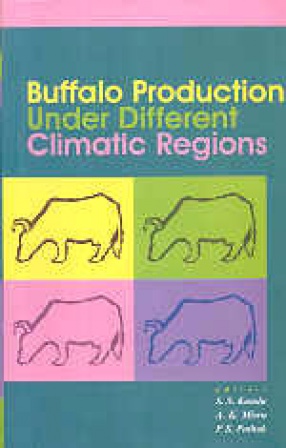
Showing all 7 books
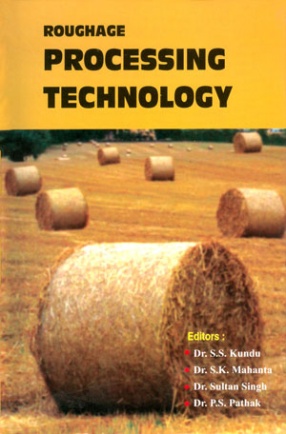
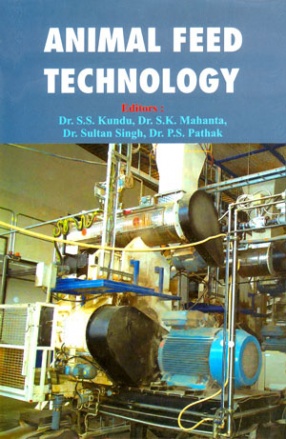
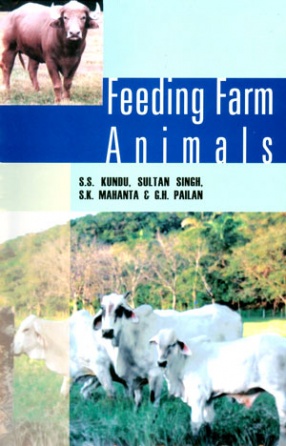
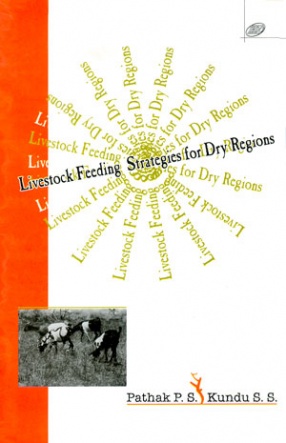

India is a country of rich resources and is catapulted to have its rightful place among developed nations soon. Agriculture is a livelihood of about 65 per cent people and livestock is part and parcel of it; contribute 26 per cent of gross domestic product and accounts for about 18 per cent of export. India is richest in bovine population, highest in milk production, and buffalo is major milch animal of the country. To further advance, the animal agriculture in ...

Currently India is producing 540 million tones of crop residues that includes mainly straws, stovers, dry grasses and roughages. These feed resources are high in fiber, low in cell contents and bulky in nature. Roughage are of poor quality in terms of palatability, digestibility and nutrients availability and thus are unable to meet even the maintenance requirement of animals. Roughages along with other crop residues are the main ingredients of feeding systems in ...

Livestock raising is undergoing a phenomenal change during last few years. Its economic importance has further increased and likely to zoom in coming years. The population growth, urbanization, change in dietary preferences and increased income, have driven the demand for foods of animal origin. Feed and fodder supply still remains the most critical impediment in the growth of livestock industry in the country. Overall deficiency in feed supply remains around ...

Feeding farm animals for optimum and economic production is the most important aspect, costing abut 60-70% of total input on animal raising. Keeping this in view forage based animal farming seems to be the appropriate answer for the successful development of animal husbandry in the developing countries like India. A considerable amount of work has been done on the various aspects of forage/herbage production, harvesting and processing, storage and utilization at ...

During the Xth plan, a growth of 4 percent or more is being targeted as a national policy in agriculture. To achieve this, livestock production is being focused as a source of livelihood and income generation for farmers. The arid and semi-arid regions constituting about 40% area of the country, are comparatively less developed and therefore kept as key response area. Since feeding livestock cost more than 60 per cent, and there exists huge deficit of forage and ...
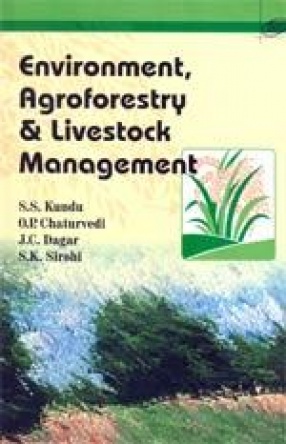
By the turn of the twenty-first century, there lies a possible threat due to atmospheric pollution, change in global climate, depletion of aquifers, per capita shrinking of croplands, collapsing ecosystem. For an evergreen agriculture, agroforestry and livestock production through scientific management possibly deserves a trial with hitherto adopted policy, skewed for crop production. These systems have more growth potential which became evident during last ...
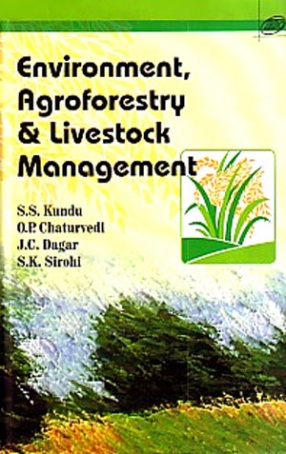
By the turn of the twenty-first century, there lies a possible threat due to atmospheric pollution, change in global climate, depletion of aquifers, per capita shrinking of croplands, collapsing ecosystems. For an evergreen agriculture, agroforestry and livestock production through scientific management possibly deserves a trial with hitherto adopted policy, skewed for crop production. These systems have more growth potential which became evident during last ...
